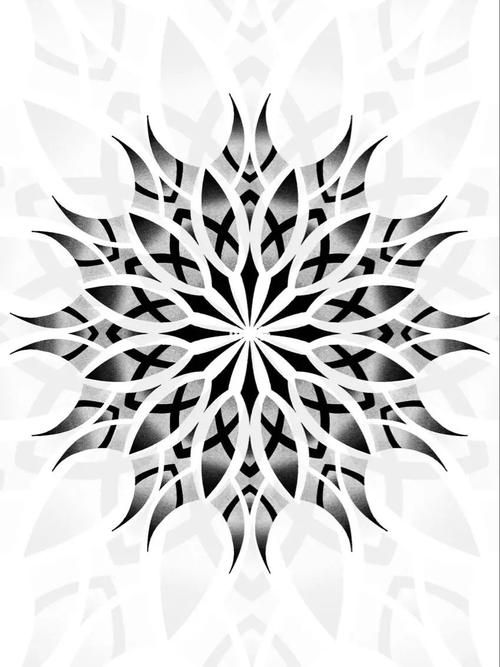Om Symbol Tattoo: A Deep Dive into Its Meaning, Design, and Cultural Significance
The Om symbol, often depicted as a three-part sound, is one of the most sacred symbols in Hinduism and Buddhism. Its intricate design and profound meaning have made it a popular choice for tattoos among people from various cultures and backgrounds. In this article, we will explore the significance of the Om symbol, its various designs, and its cultural impact.
Symbolism of the Om Symbol
The Om symbol is a representation of the universe and its creation. It is believed to be the sound of the universe and is often chanted as a mantra to invoke peace, tranquility, and spiritual energy. The symbol itself is composed of three parts: the top curve, the middle curve, and the bottom curve.

| Part of Om | Symbolism |
|---|---|
| Top Curve | Creation and the infinite universe |
| Middle Curve | The cycle of life, death, and rebirth |
| Bottom Curve | The destruction of the universe and the end of the cycle |
Each part of the Om symbol represents a different aspect of the universe and its creation. The top curve represents the infinite universe, the middle curve represents the cycle of life, death, and rebirth, and the bottom curve represents the destruction of the universe and the end of the cycle.
Designs of the Om Symbol
The Om symbol can be designed in various ways, depending on personal preference and cultural significance. Here are some popular designs:
- Traditional Om: This design is the most common and features the three-part Om symbol in its simplest form.
- Floral Om: This design incorporates floral elements, such as lotus flowers or vines, to enhance the beauty of the symbol.
- Geometric Om: This design uses geometric shapes, such as triangles or circles, to create a unique and modern look.
- Om with Mantras: This design includes the Om symbol along with specific mantras or Sanskrit words that hold personal significance to the wearer.
When choosing a design, it’s important to consider the meaning behind the symbol and how it resonates with your personal beliefs and values.
Cultural Significance of the Om Symbol
The Om symbol holds great importance in Hinduism, Buddhism, and Jainism. It is considered a sacred symbol that represents the divine presence in the universe. In Hinduism, the Om symbol is often used in meditation, yoga, and other spiritual practices to invoke the divine energy and achieve spiritual enlightenment.

In Buddhism, the Om symbol represents the Buddha’s teachings and the path to enlightenment. It is often used in meditation and prayer to invoke the blessings of the Buddha and to cultivate mindfulness and compassion.
In Jainism, the Om symbol represents the eternal soul and the cycle of rebirth. It is used in meditation and prayer to invoke the divine energy and to achieve liberation from the cycle of rebirth.
Choosing an Om Symbol Tattoo
When choosing an Om symbol tattoo, it’s important to consider the following factors:
- Size: The size of the tattoo will depend on the design and the area of the body where it will be placed.
- Placement: The placement of the tattoo is important for both aesthetic and personal reasons. Common placement areas include the wrist, ankle, arm, leg, or back.
- Design: Choose a design that resonates with your personal beliefs and values.
- Artist: Choose a skilled tattoo artist who can bring your vision to life.
Remember that an Om symbol tattoo is a permanent decision, so it’s important to take the time to choose a design and artist that you are truly happy with.
Conclusion
The Om symbol is a powerful and meaningful symbol that holds great significance in various cultures and spiritual traditions. Whether you choose a traditional design or a unique interpretation, an Om symbol tattoo can serve as a constant reminder of your spiritual beliefs and values. Take the time to research and



